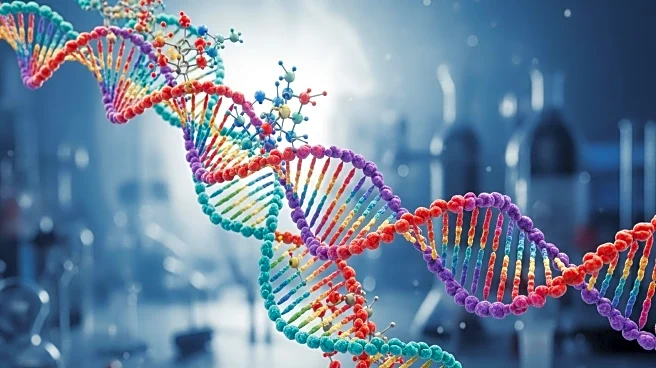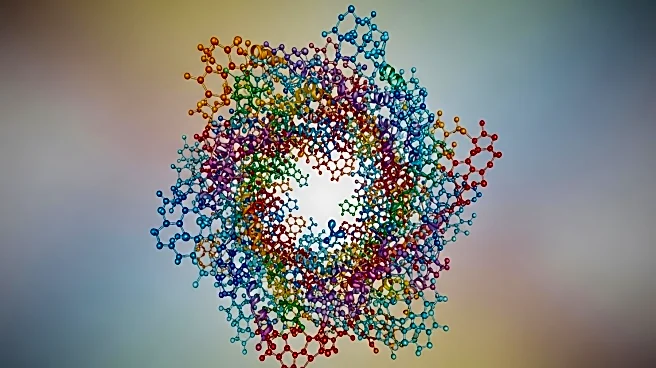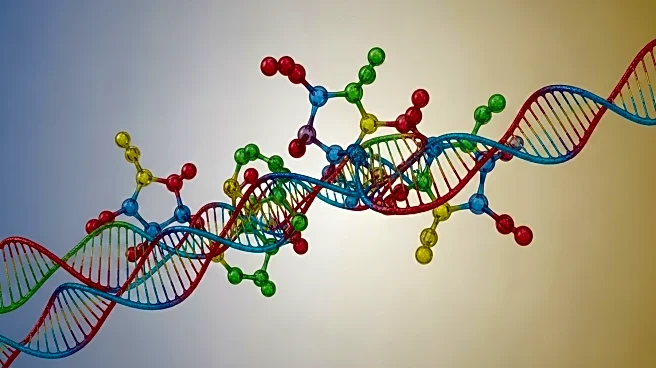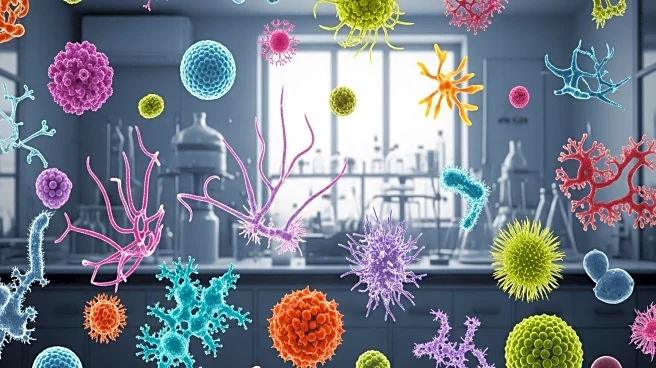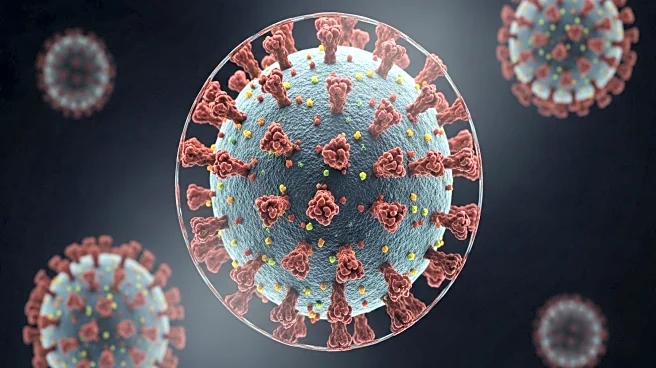What's Happening?
Researchers at University College London have successfully linked amino acids to RNA, a significant step in understanding the origins of life on Earth. This breakthrough, published in Nature, demonstrates how these fundamental biological components could have spontaneously joined together under early Earth conditions. The study unites two prominent theories of life's origins: the 'RNA world' hypothesis and the 'thioester world' hypothesis. By using a gentler method involving thioesters, the researchers were able to activate amino acids without them reacting with each other, a challenge that had previously hindered progress in this area.
Why It's Important?
This discovery is crucial for understanding how life might have originated on Earth, providing insights into the processes that led to the synthesis of proteins, essential for all living organisms. The ability to link amino acids to RNA under plausible prebiotic conditions supports the idea that life's building blocks could have formed naturally. This research not only advances scientific knowledge of life's beginnings but also has potential implications for the search for life beyond Earth, as it suggests that similar processes could occur elsewhere in the universe.
What's Next?
The next steps for researchers include exploring how RNA sequences could preferentially bind to specific amino acids, potentially leading to the development of the genetic code. This work could further illuminate the transition from simple chemical reactions to complex biological systems. Continued research in this area may also inform synthetic biology, where scientists aim to recreate life-like systems in the lab, offering new possibilities for biotechnology and medicine.
